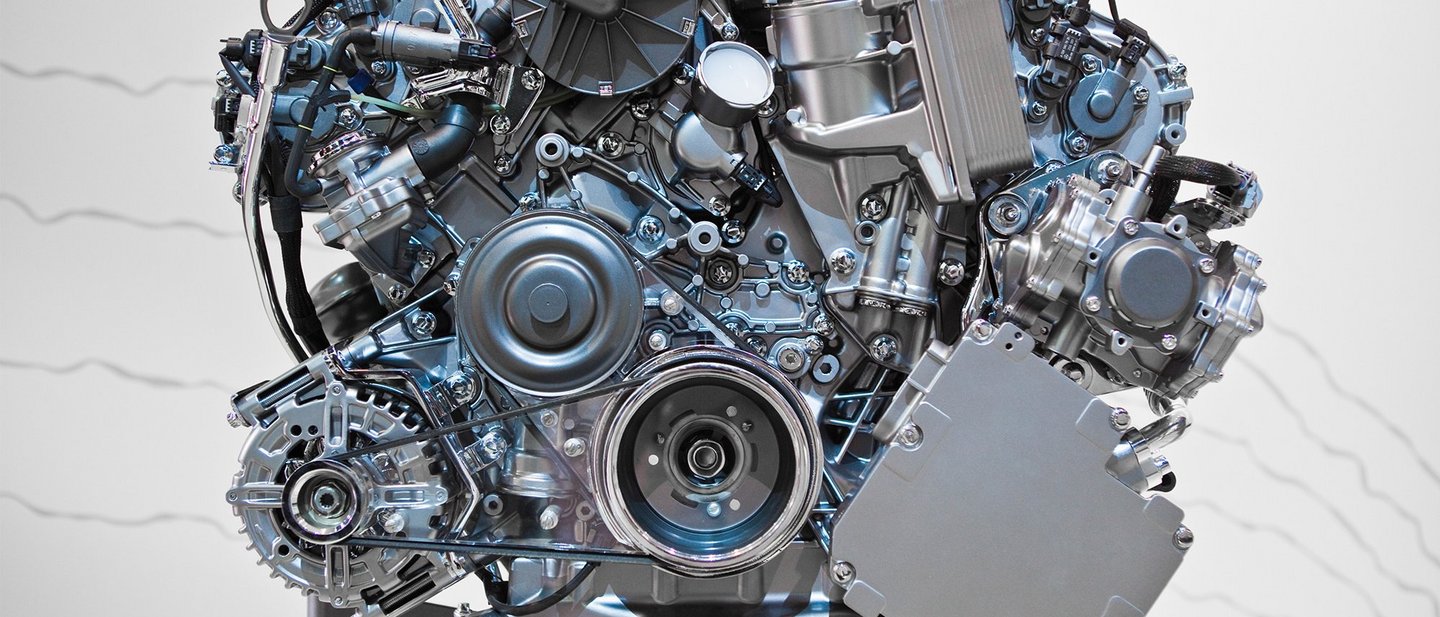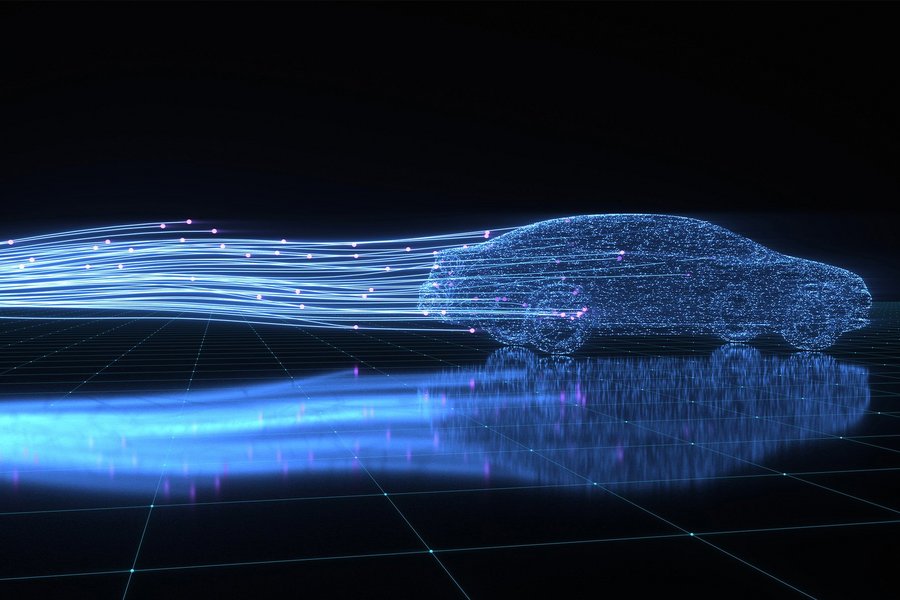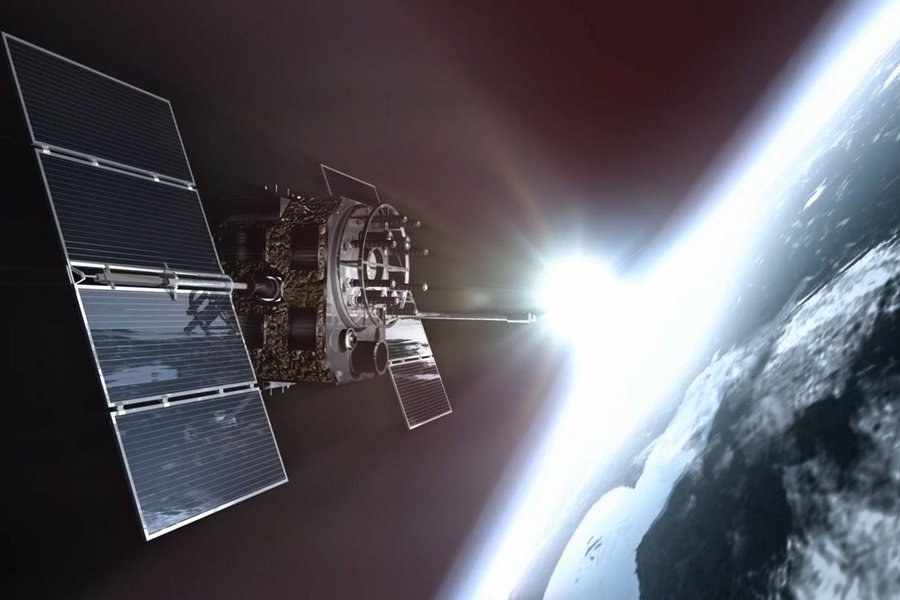Many large manufacturers are looking to the future and connecting up their equipment, employees, networks, and software systems, analyzing the resulting data to dramatically enhance the efficiency of their operations.
One of the biggest benefits of this connection technology is predictive maintenance of machinery, where sensors can be programmed to alert employees when a machine experiences a surge in power demand, allowing them to schedule servicing and repairs before damage can occur.
Radio frequency identification (RFID) tags also allow factory workers to easily locate components and other supplies, further minimizing waste and delays. Manufacturers that connect ordering processes with supplier network solutions can ensure they always have exactly the right amount of raw materials available, and can easily get an overview of how their industrial ecosystem is performing.





